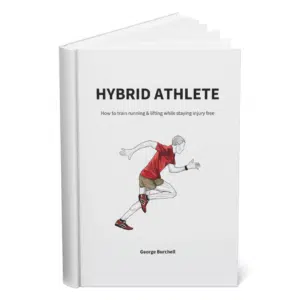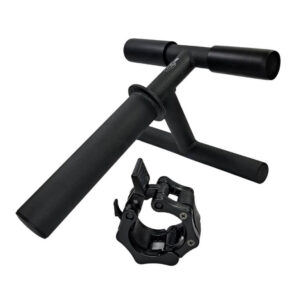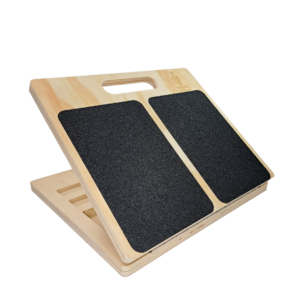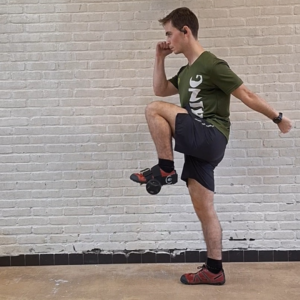
Believe it or not, in the world of long-distance running, there are more than a few heel-strikers. There’s even research that claims that over 90% of marathon runners lead with their heels when striking the ground.
For quite a while, the debate between forefoot and heel striking was one-sided. Virtually everyone was claiming that all runners should focus on forefoot techniques for the sake of longevity. However, that might not be the case.
So, is heel striking bad for you or not? Let’s talk.
Table of Contents
What is heel striking?
Heel striking is one of three ways you can land your foot (aka strike) on the ground during running. The other two are known as midfoot striking and forefoot striking.
When heel striking, you make contact with the ground with the back of your foot (heel) first. Then, the center of mass shifts forward, allowing your foot to do the toe-off, and continue with the next part of the running gait cycle.
Now, since running causes a lot of repetitive stress to the body, it’s important that the force produced by striking the ground is distributed as equally as possible.
This type of running comes with its own set of challenges, and by extension, its own set of issues if these challenges are not tackled properly.
It’s also important to note that striking styles come naturally, and are not that easy to correct. So, before we go deeper into this, don’t be hard on yourself if you’re a heel striker.
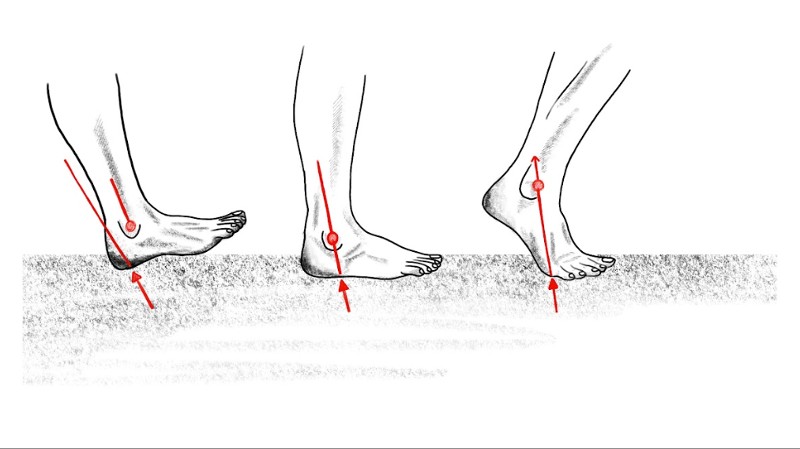
Heel striking vs. Forefoot striking
A lot of athletes and biomechanics experts argue that there are actually just two types of ground striking while running – heel and forefoot striking. And most of them would say that midfoot striking is actually more inclined towards the front of the foot, aka your toes.
But, when boiled down to the essential differences, heel and forefoot striking are all about running economy. And, if you want to run far as a hybrid athlete, running economy is where it’s at most of the time.
To put things simply – heel striking is for long-distance runners, while forefoot striking is more suitable for sprinters.
Heel striking will rely on the posterior chain for stabilization in the long run (pun intended), while it’s easier to activate the anterior side of your femur (aka the quads) while forefoot striking. Additionally, runners who heel strike don’t have to rely on ankle mobility as much, since their center of gravity is behind compared to those with forefoot strike.
While both running styles can cause certain knee, ankle, and hip injuries, there’s no conclusive evidence that one causes more injuries than the other.
How to prevent injuries (mostly knee pain) from running
Now, the key to preventing those injuries, regardless of the way you land, is to develop the muscles responsible for shock absorption. The first joint to take the hit is the ankle, but the one that gets injured the most is the knee. Here’s a list of things to consider if you want to avoid ankle and knee pain from running:
- Start doing ankle mobility and ankle stability exercises
- Strengthen your hip flexors
- Bulletproof your knees with the correct exercises
- Eliminate overstriding, no matter if you heel or forefoot strike
- Train your tibialis anterior and the muscles of your shins
- Avoid overly cushioned running shoes
Lastly, it’s really important to remember that changing your striking pattern isn’t the answer, because that will almost certainly lead to new muscle disbalances, and by extension – new injuries. Though, this is not an excuse to go thud thud thud on the treadmill.
So, in the end, is heel striking bad for you?
Heel striking, by its nature, is not bad for you. However, not developing the strength and mobility to handle the shock that comes with it is. Especially if you’re into marathons and obstacle course races.
So, to avoid running injuries, start doing mobility work on your ankles, unlock and strengthen your hips, and stop running away from effective exercises like tib raises and step-ups.
Get the best injury-prevention training equipment:
GET THE BEST INJURY-PREVENTION TRAINING EQUIPMENT:
Above all, a storyteller. Then comes marketing, branding, writing music, powerlifting, and woodworking.

